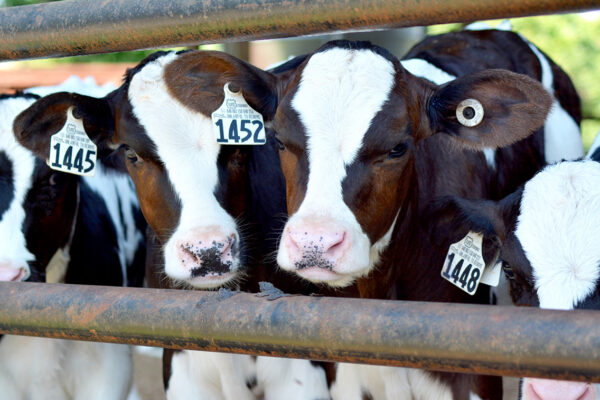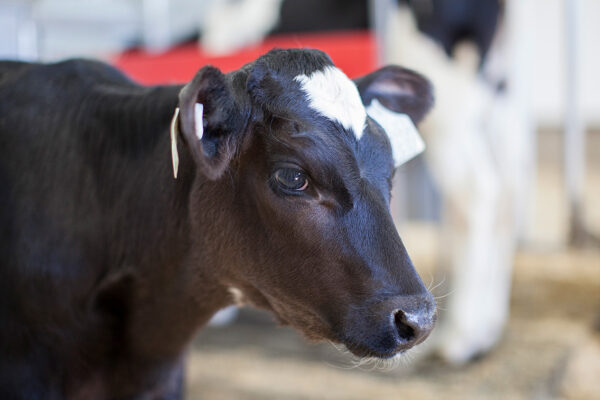Transport calves without transporting trouble
By Nathan Upah
The transported calf is subject to a series of stresses, stresses that would even greatly challenge a mature immune system. Among stresses associated with transport there is potential comingling, resocialization, nutrient disruption, dehydration, and thermal stress. Unfortunately, most of the transported cattle in the United States are less than a year of age, meaning at a minimum they have an underdeveloped immune system making them more susceptible to diseases.
Physiologically speaking, the stresses of transport require the calves’ immune system to activate during or immediately following the ride. Immune system responses require glucose, the same fuel every mammal requires to carry out the biochemistry of life. A transported calf has no feed available to it during the ride and therefore becomes hypoglycemic. The transported calf’s body now has two competing needs for glucose, maintenance/growth and the immune system.
Compounding the problem is the fact the calf must reacclimate upon its arrival, meaning it must be offered nutrition, locate it, and be willing to eat or drink it. Essentially the stars must align for all those things to happen in a timely fashion, or the calf will continue to have a glucose deficiency with the resulting negative energy balance.

Compounding the problem is the fact the calf must reacclimate upon its arrival, meaning it must be offered nutrition, locate it, and be willing to eat or drink it. Essentially the stars must align for all those things to happen in a timely fashion, or the calf will continue to have a glucose deficiency with the resulting negative energy balance.
As caretakers it is critical that we reduce those stress factors as quickly as possible. Below are some practices that will help:
- Address hydration needs upon arrival by delivering an electrolyte solution formulated at an optimal osmolarity. This allows for rapid gut emptying and faster water absorption.
- Facilitate the animals’ thermal regulation. If they are cold, this means providing bedding or even a heat lamp – especially if the calves are moving into cold conditions. Utilize shade, fans or misters in the event of excessively warm conditions.
- End the period of nutrient disruption by providing an appropriate meal. For a neonate this may mean a milk feeding, whereas for a more mature ruminant a meal consisting of highly digestible fiber. Use caution that an acidotic state isn’t induced from a carbohydrate-dense, calorie-rich meal.

As kids it was often enjoyable to go for a ride with your parents. The travel experience was enjoyable usually because it meant a stop for fast food, and we never picked up a hitchhiker. Imagine yourself in that same scenario, but now you pick up strangers and don’t stop to eat. That ride suddenly becomes a lot less enjoyable. Unfortunately, not much can be done to alleviate all stresses when we transport calves, but properly managing them as they recover is critical to their long-term success and avoiding trouble.
